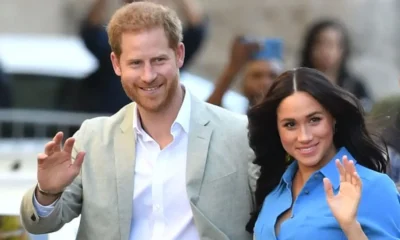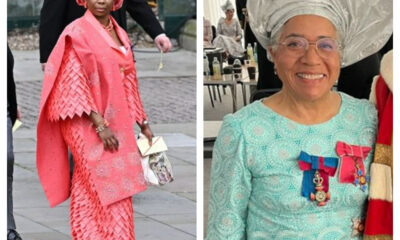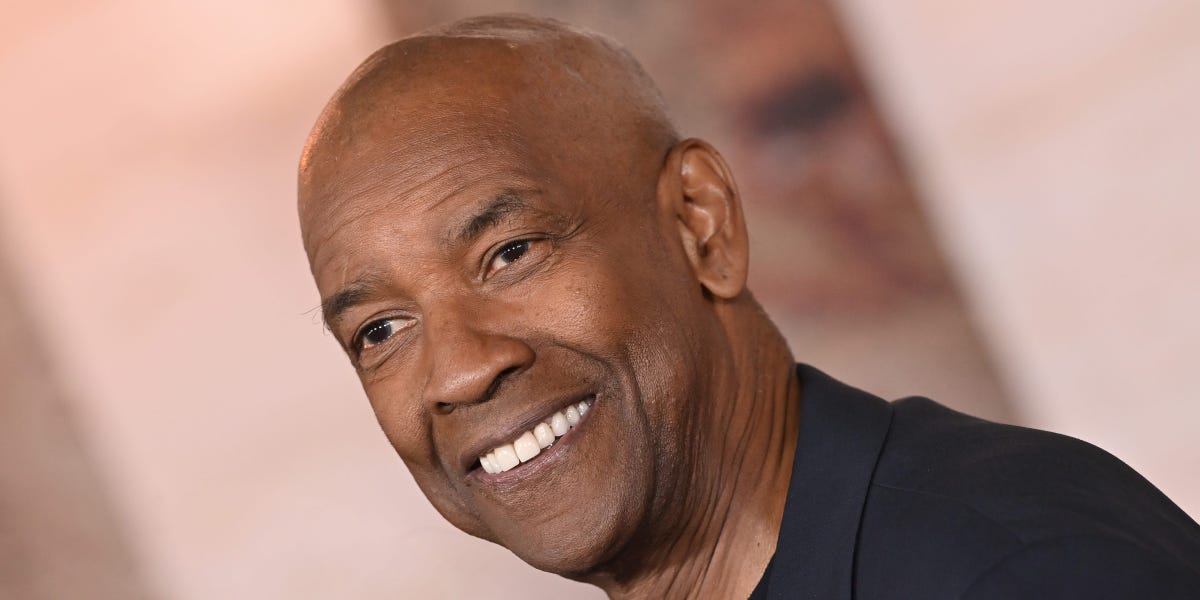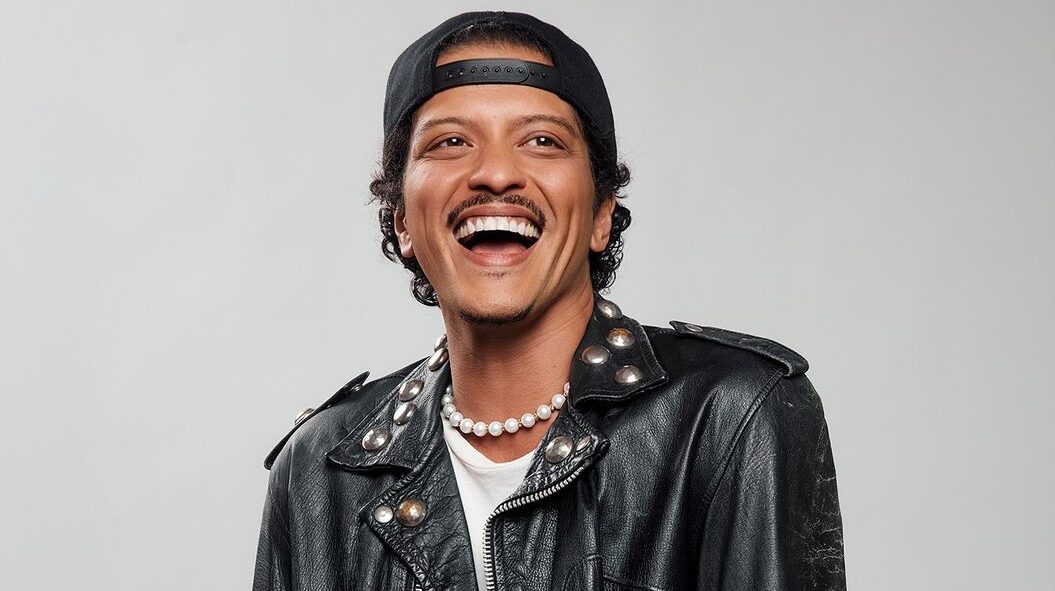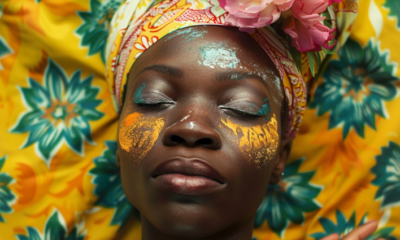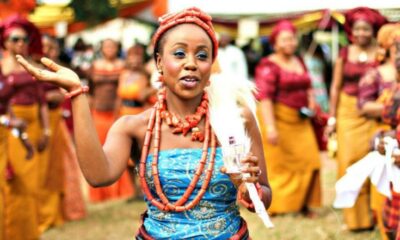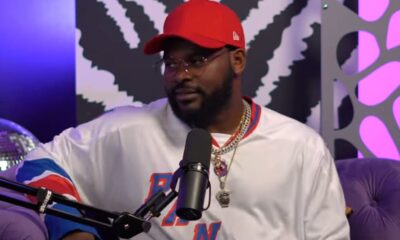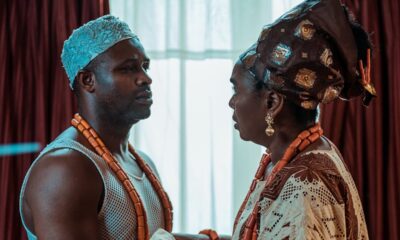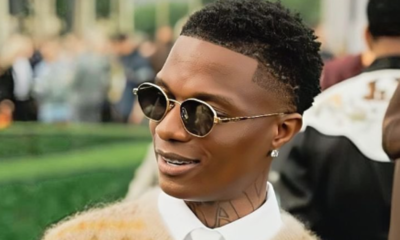Meet the top five royals after King Charles who are currently in line for the throne of British royalty.
Following the reign of Queen Elizabeth II and the recent ascension of King Charles III, many wonder who will carry the torch next.
The recent announcement of King Charles’ diagnosis with an unidentified form of cancer has sparked renewed interest in the British royal family’s line of succession. Since ascending to the throne in September 2022 following Queen Elizabeth II’s passing, Charles has become the oldest monarch in British history, beginning his reign at the age of 73. His coronation alongside Queen Consort Camilla, officially approved by the late Queen, took place in a magnificent ceremony at Westminster Abbey just last May.
However, with this latest development, questions about the future of the monarchy come to the fore. What will the succession look like? Who will wear the crown after Charles? To answer these inquiries and provide you with a comprehensive understanding of the royal line of succession, we’ve compiled all the key information you need to know.
1. Prince William

Boasting a lineage stretching back over a thousand years, the British monarchy is one of the world’s longest-serving constitutional institutions. Despite facing a brief period of turmoil in the 17th century, it has successfully adapted and continues to play a vital role in the nation’s fabric.
Beyond acting as the symbolic figurehead of the United Kingdom, the monarch also represents the nation on the international stage, serving as its ambassador to the world. This continuity is further ensured by the seamless transition of power, where the heir immediately ascends the throne upon the previous monarch’s passing.
On September 8, 2022, the reign of Queen Elizabeth II came to a peaceful end, paving the way for her eldest son, Prince Charles, to assume the throne as King Charles III. In a swift move, King Charles III bestowed the title of Prince of Wales upon his heir, Prince William.
Therefore, barring any unforeseen circumstances such as Prince William’s predecease, abdication, or a potential dissolution of the monarchy before King Charles III’s passing, the eldest prince will become the next heir apparent, carrying on the legacy of this enduring institution.
2. Prince George
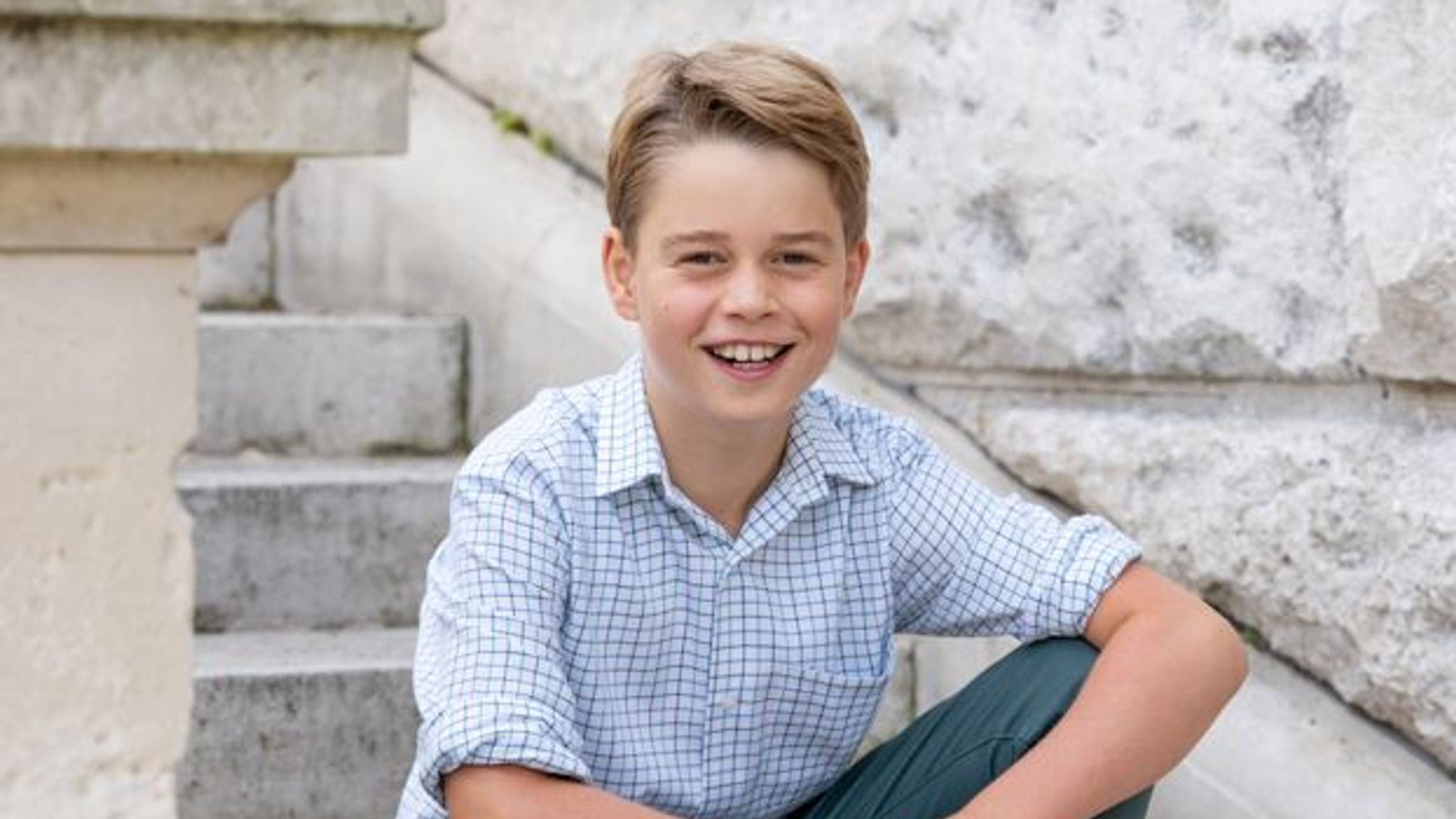
Prince George is another of the top royals after King Charles. On July 22, 2013, Prince George Alexander Louis, the firstborn of Prince William and Catherine, Duchess of Cambridge, was born. This young prince quickly captured hearts around the world, and rightfully so, as he now stands second in line to the British throne. Notably, Prince George’s name carries a rich history, echoing that of his great-great-grandfather, King George VI.
In September 2022, young Prince George further solidified his place in the royal lineage by paying a touching tribute to his late great-grandmother, Queen Elizabeth, during her state funeral. This moment not only showcased the young prince’s growing maturity but also served as a powerful reminder of the continuity and tradition within the British monarchy.
3. Princess Charlotte
:max_bytes(150000):strip_icc()/princess-charlotte-coronation-getty-images-635e1c929c7c4cdc838e9061b8bbd02b.jpg)
Born on May 2nd, 2015, at London’s St. Mary’s Hospital, Princess Charlotte holds a special place in the British monarchy. As the second child of Prince William and Catherine, Princess of Wales (formerly Kate Middleton), she is currently third in line to the throne.
The royal couple carefully selected Charlotte’s name, imbuing it with a rich family history. Her first name, Charlotte, is the feminine form of her grandfather, King Charles. Her middle names, Elizabeth and Diana, honor her great-grandmother, Queen Elizabeth II, and her beloved late grandmother, Princess Diana. As reported, Catherine, then Duchess of Cambridge, expressed her happiness at welcoming a daughter and sibling for her son, Prince George.
4. Prince Louis
:max_bytes(150000):strip_icc():focal(1046x570:1048x572)/Royal-Christmas-norfolk-251223-23-c5b84a98980f4cbd8eb4dfa06a949992.jpg)
Prince William and Catherine, Princess of Wales, joyfully welcomed their third child, Prince Louis Arthur Charles, on April 23, 2018. News of their exciting expansion of the family filled the world with anticipation in late 2017. As the newest addition to the royal family, Prince Louis is one of the top royals after King Charles and occupies the esteemed fourth position in the line of succession to the British throne.
Interestingly, the chosen name carries significant meaning, echoing within the family history. Just like his elder siblings, Prince Louis’ name holds a special connection to Prince Philip. It serves as a heartfelt tribute to two important figures: Prince Charles’ cherished great-uncle and mentor, Earl Louis Mountbatten, and Prince Philip’s grandfather, Prince Louis Alexander of Battenberg. This thoughtful selection adds a layer of personal warmth and historical significance to the young prince’s identity.
5. Prince Harry
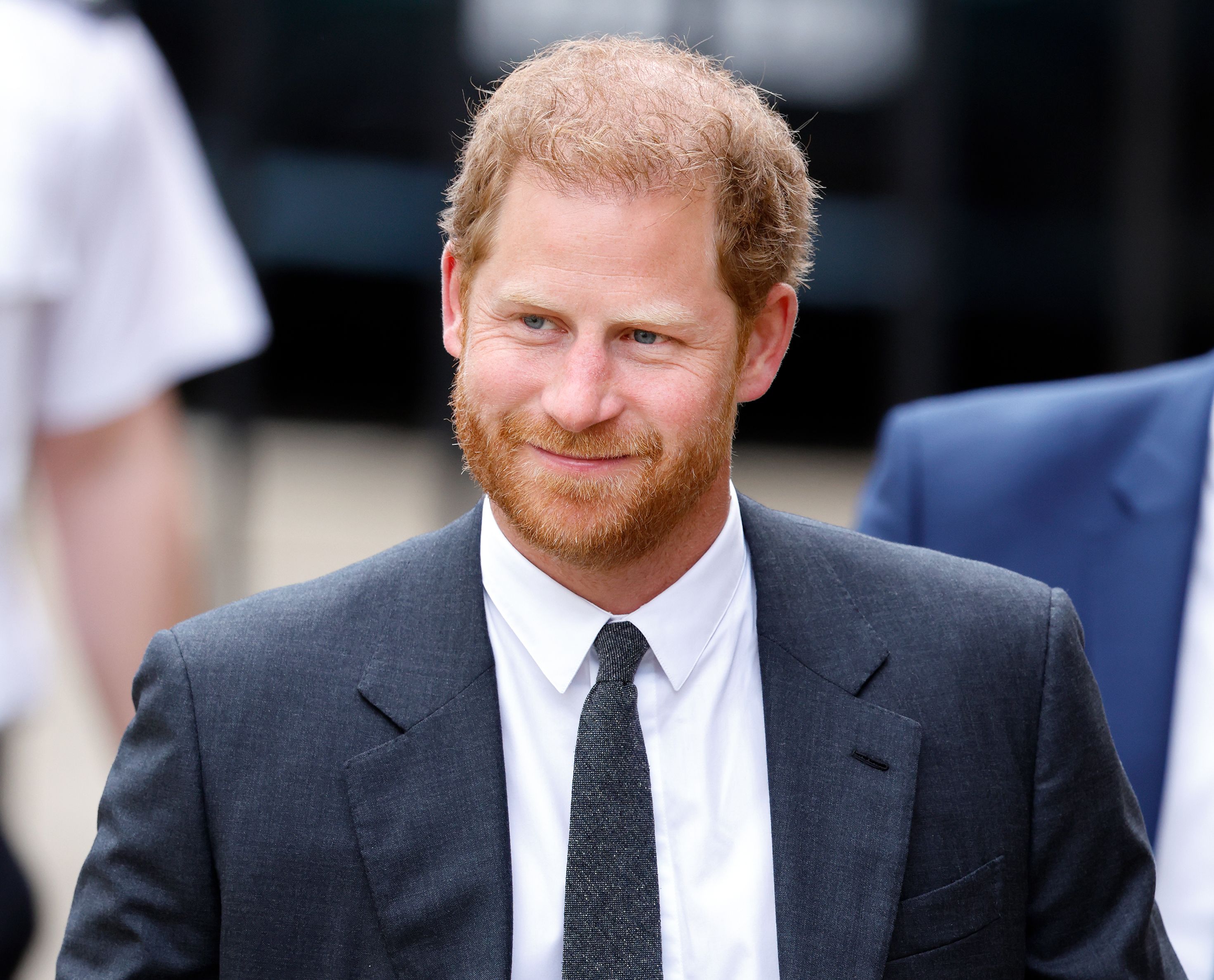
Prince Harry, the fifth in line to the British throne, also served his country in the armed forces. In 2008, the world learned he had secretly deployed with his unit in Afghanistan for four months. Security concerns led to his early return, but he went back in 2012 as a skilled Apache helicopter pilot. After a decade of dedicated service, he announced his departure from the military in 2015.
Beyond his military career, Prince Harry is known for his commitment to wounded veterans. In 2014, he launched the Invictus Games, an international sporting event for injured service members. The inaugural games were held in London and have continued to inspire ever since. On the personal front, Prince Harry married Meghan Markle in 2018, and the couple welcomed their son, Archie, the following year. In 2021, their daughter, Lilibet, joined the family.
Check out more articles here.


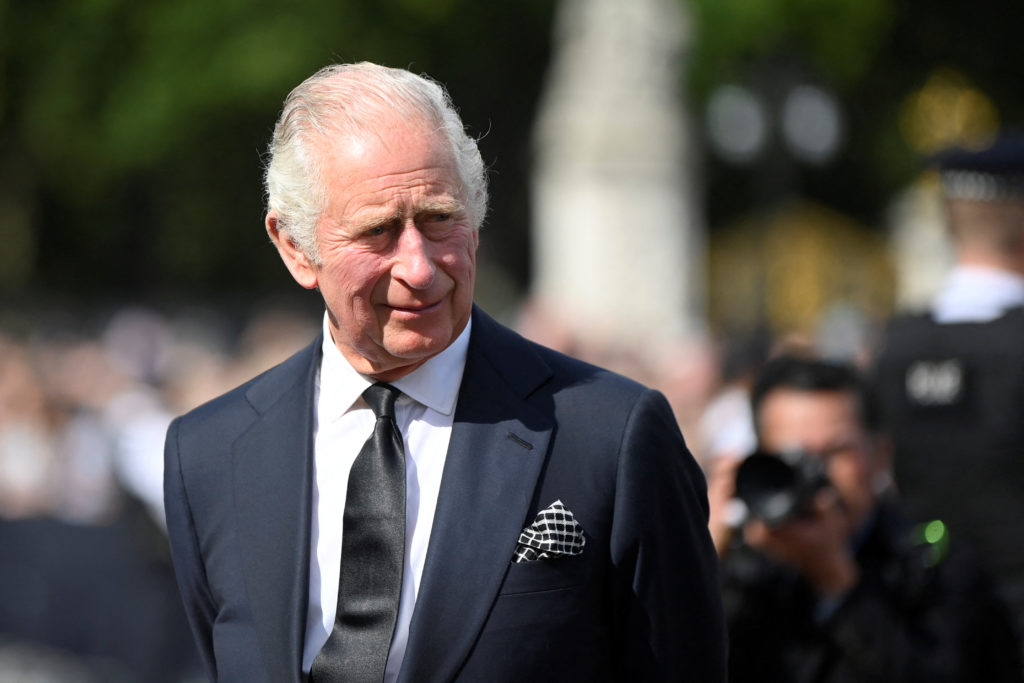


:max_bytes(150000):strip_icc()/princess-charlotte-coronation-getty-images-635e1c929c7c4cdc838e9061b8bbd02b.jpg)
:max_bytes(150000):strip_icc():focal(1046x570:1048x572)/Royal-Christmas-norfolk-251223-23-c5b84a98980f4cbd8eb4dfa06a949992.jpg)





